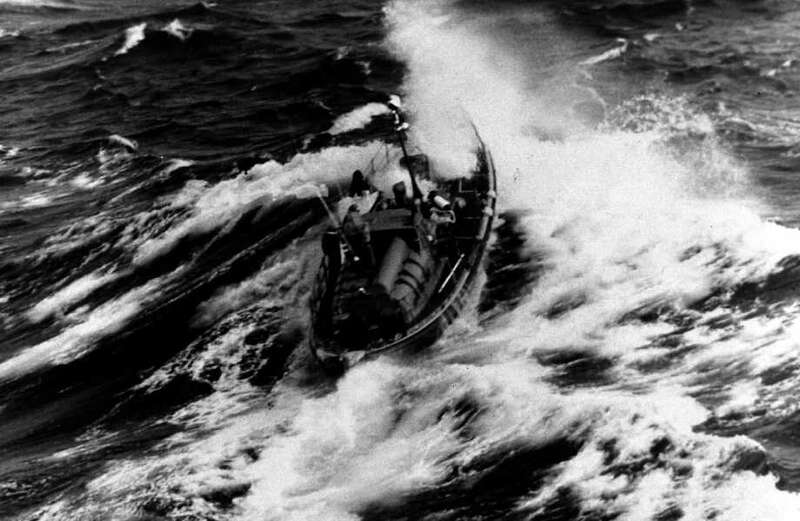THE events of the 1979 Fastnet race have been described as the worst yachting disaster in history.
The tragic incident was so impactful that it even changed the way yachts are designed.

When was the Fastnet Disaster?
The Fastnet disaster occurred between August 13 and August 14, 1979.
The biannual Fastnet race started on August 11.
The yachting race takes place between Cowes on the Isle of Wight and Plymouth, passing the Fastnet rock off the south west coast of Ireland.
 Are there illegal baby names? Surprising monikers that are BANNED in other countries, from Sarah to Thomas
Are there illegal baby names? Surprising monikers that are BANNED in other countries, from Sarah to Thomas
The 1979 Fastnet Race was the 28th held by the Royal Ocean Racing Club.
What happened in the Fastnet Disaster?
During the evening of August 13 and August 14, 1979, storm force winds struck the south western approaches where the Fastnet race was taking place.
The winds then became hurricane force.
It has been said that the storm arrived without warning, meaning the sailors in the race were unprepared for the adverse weather conditions.
303 yachts started the race but 75 capsized due to the sea conditions.
Only 85 boats completed the race.
Five yachts were never found, despite a massive rescue effort.
Around 136 sailors were rescued in the mission, which began in the morning of August 14.
Royal Navy ships, RAF Nimrod jets, helicopters, lifeboats, and Dutch warship HNLMS Overijssel, were all involved in the operation.
How many people died in the Fastnet Disaster?
18 people died as a result of the Fastnet Disaster.
 All about Rachel Nickell who was murdered in front of her son Alex Hanscombe
All about Rachel Nickell who was murdered in front of her son Alex Hanscombe
15 of those were sailors and the other three were rescuers.
At the time of writing, it is still the deadliest yacht race in history.
As a result of the tragedy, a report was written making recommendations for changes in yacht design.
According to Yachting Monthly, the report suggested the Royal Ocean Racing Club should consider changing its measurement rules and make it possible to exclude boats "whose design parameters may indicate a lack of stability" from the race.
This led to major improvements in the design of yachts.
Other safety measures have been put in place for competitors in yachting races since the incident.
Crews now have to qualify to take part in ocean races and must have VHF radios.
Technological advances that weren't available in 1979, such as GPS, have also greatly improved the safety of sailors.
































